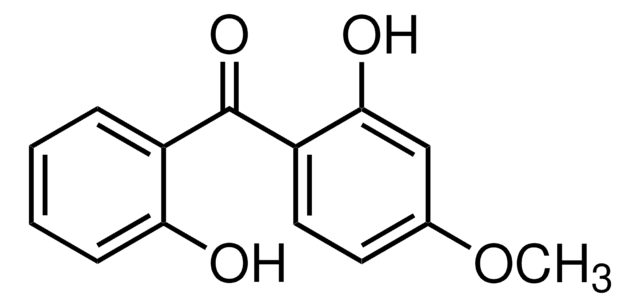D2960000
Dopamine hydrochloride
European Pharmacopoeia (EP) Reference Standard
Sinonimo/i:
2-(3,4-Dihydroxyphenyl)ethylamine hydrochloride, 3,4-Dihydroxyphenethylamine hydrochloride, 3-Hydroxytyramine hydrochloride, 4-(2-Aminoethyl)-1,2-benzenediol hydrochloride
About This Item
Prodotti consigliati
Grado
pharmaceutical primary standard
Famiglia di API
dopamine
Produttore/marchio commerciale
EDQM
Punto di fusione
248-250 °C (lit.)
applicazioni
cleaning products
cosmetics
food and beverages
personal care
pharmaceutical (small molecule)
Formato
neat
Stringa SMILE
Cl[H].NCCc1ccc(O)c(O)c1
InChI
1S/C8H11NO2.ClH/c9-4-3-6-1-2-7(10)8(11)5-6;/h1-2,5,10-11H,3-4,9H2;1H
CTENFNNZBMHDDG-UHFFFAOYSA-N
Informazioni sul gene
human ... ADRB1(153)
Cerchi prodotti simili? Visita Guida al confronto tra prodotti
Descrizione generale
Applicazioni
Confezionamento
Altre note
Prodotti correlati
Avvertenze
Warning
Indicazioni di pericolo
Consigli di prudenza
Classi di pericolo
Skin Sens. 1
Codice della classe di stoccaggio
11 - Combustible Solids
Classe di pericolosità dell'acqua (WGK)
WGK 1
Punto d’infiammabilità (°F)
Not applicable
Punto d’infiammabilità (°C)
Not applicable
Scegli una delle versioni più recenti:
Certificati d'analisi (COA)
Ci dispiace, ma al momento non ci sono COA disponibili online per questo prodotto.
Se ti serve aiuto, non esitare a contattarci Servizio Clienti
Possiedi già questo prodotto?
I documenti relativi ai prodotti acquistati recentemente sono disponibili nell’Archivio dei documenti.
I clienti hanno visto anche
Il team dei nostri ricercatori vanta grande esperienza in tutte le aree della ricerca quali Life Science, scienza dei materiali, sintesi chimica, cromatografia, discipline analitiche, ecc..
Contatta l'Assistenza Tecnica.



![[2-(Methacryloyloxy)ethyl]dimethyl-(3-sulfopropyl)ammonium hydroxide 95%](/deepweb/assets/sigmaaldrich/product/structures/217/219/73c91e1c-0ee4-4b3d-bead-a6dc3d09d1da/640/73c91e1c-0ee4-4b3d-bead-a6dc3d09d1da.png)






